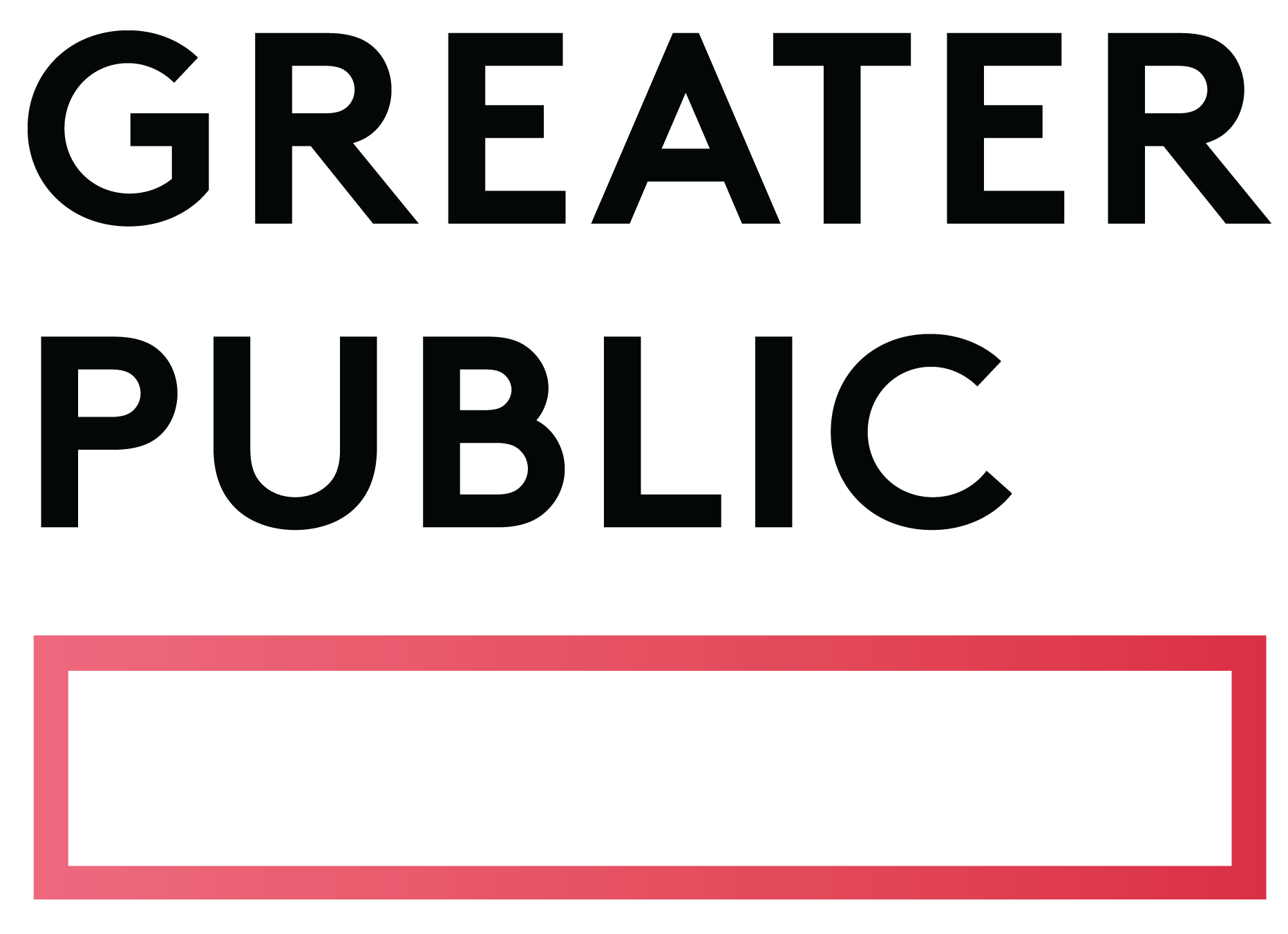Related Articles
Subscribe to the Greater Public newsletter to stay updated.
This site is protected by reCAPTCHA and the Google Privacy Policy and Terms of Service apply.

What happens when you have organization-wide buy-in, data-informed giving tiers, reliable systems implemented, and accountability in a major gifts department?
It’s fundraising “on steroids,” says David Heck, former director of philanthropy at WHYY, who worked with Greater Public and Veritus Group to guide his major gifts program – and organization – through changes that resulted in major giving revenue per donor increasing by 107% in a two year period. One of the changes that contributed most strongly to this success was shifting their approach to mid-level fundraising.
WHYY, like many – if not the majority – of public media stations, had a practice of approaching mid-level donors (or gift clubs, as we tend to call them) like major donors.
For most stations, the bulk of giving happens among membership donors; in public media it’s those who give up to $1,200 each year. Mid-level donors may give several times what membership donors give in the course of a year. Many stations have the practice of stewarding all donors giving $1,200+ as major donors.
This can mean that one fundraiser is tending to many hundreds of donors. For major gift officers, the workload is exhausting and the approach is ineffective.
“150 people is the upper limit of what one person can manage,” explains Heck. When he assumed his position at WHYY in 2018, his major gifts officers were tasked with huge caseloads.
“[They] were carrying 300-400 people,” he exclaims. “I joked that WHYY was the best philanthropic dollar you could spend in the city [because] $1,200 made you a major donor,” including all of the personal touches that came with that designation. This may have offered a nice experience for some donors, but it wasn’t sustainable.
WHYY was one of four stations involved in work with Greater Public and Veritus Group designed to transform major gift results at each station. The partnership is now available to all stations as The Major Giving Pathway for Public Media.
“I was seeking a professionalized, contemporary development model and I wasn’t sure I was going to convince everyone [internally] we needed to do this,” Heck recalls of the decision to work with an outside consultant. “[Veritus] gave us an operational roadmap to start shifting the model. It gave a plan of attack that got us buy-in from above.”
Organizational buy-in was crucial for WHYY as it is for any public media organization looking to improve major giving results. That’s because creating a culture of philanthropy requires integration and partnership within the development team and throughout the organization. Sometimes, working with an external partner with demonstrated revenue results is the swiftest way to align internal interests, especially if there’s a history of factionalism or opposition.
“In my role I could have gotten us there,” Heck adds. “But I knew [an external partnership] would get us there quicker, maybe five years faster.”
Veritus and WHYY began by examining historic data to understand patterns of donor behavior. This illuminated the common practice of attempting to cultivate all donors giving $1,200+ as major donors. Instead, a strong mid-level program should function in three ways:
The touches that mid-level donors receive are not aimed at moving all of them toward a six-figure major gift ask. Some mid-level donors will remain mid-level donors and will not become major donors. Some won’t sustain mid-level giving.
A dedicated Veritus coach worked with the fundraisers at WHYY to implement systems of donor qualification to reliably identify donors who want to be in a philanthropic relationship. This allowed the major gifts officers to have donors moving onto their caseloads that were already qualified, whose interests were already known, and who were open to a deeper connection with the organization, so they could be focused on creating thoughtful individualized cultivation plans for each of their donors.
Colorado Public Radio found that implementing a mid-level program to nurture donors indeed created more meaningful donor relationships. “We finally have the capacity to connect with donors,” observes Colorado Public Radio Senior Vice President of Development, Jim East. “[In the past] if a donor gave $1,200, we called them at renewal time. Now we’re connecting with them on a monthly basis with ongoing cultivation and stewardship bookending each side of solicitation. We pull them in closer, and get to tell our story. They know our work beyond just what’s on the airwaves. It’s the work of professional fundraising.”
As a result of the changes they implemented, Colorado Public Radio saw their major giving revenue per donor increasing by 92% in a two year period.
The station also saw $1,200 annual gifts turn into $10,000 gifts. “We’ve had half a dozen of those without asks,” East exclaims “It was just because of the [donor] engagement.” Working with Veritus, East restructured his individual giving team to increase the number of mid-level officers from one to two and major gift officers from two to three.
The results at both stations demonstrate how essential mid-level fundraising is as a part of a larger fundraising strategy to move more donors through the pipeline and into major gifts. A strong mid-level giving program allows stations to “Keep, Lift, and Move” in response to the donor’s desire for a relationship with the station. This paves the way for effective cultivation and stewardship and, ultimately, for transformational major gifts results.

View these related member resources and more with a Greater Public membership:
This site is protected by reCAPTCHA and the Google Privacy Policy and Terms of Service apply.
New to Greater Public? Create an account.
